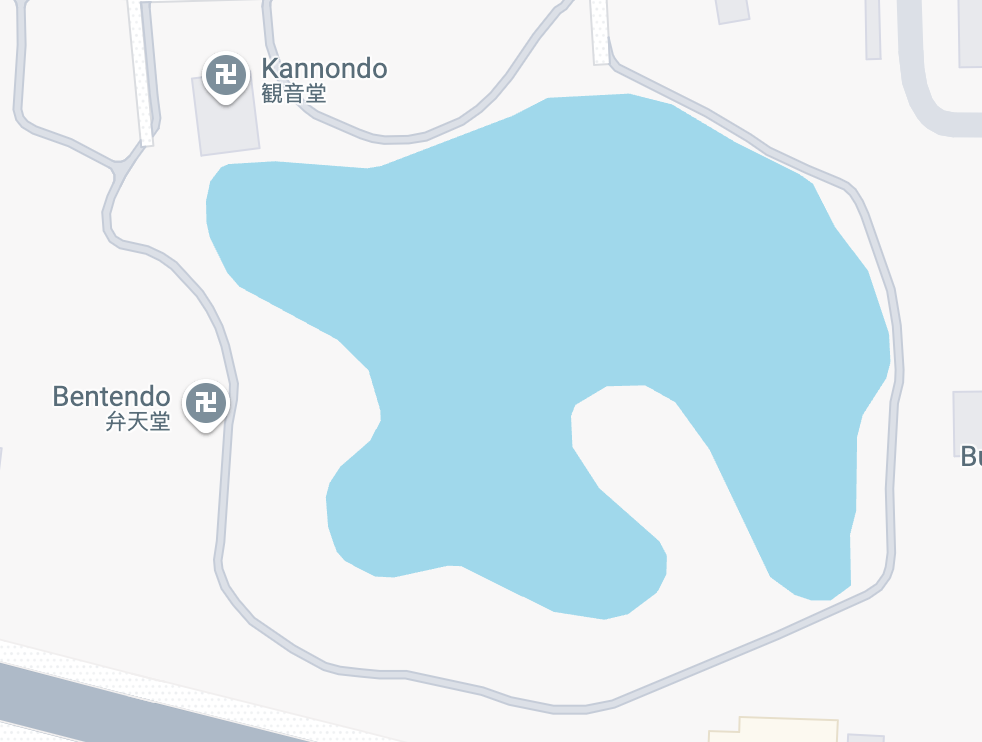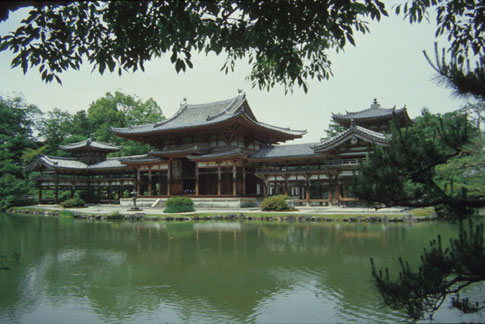
Kaju-ji (also known as Kanshu-ji) was founded as early as 900, and is the main temple of the Yamashina School of Shingon Buddhism. However, its great pond--called Himuro no ike--is supposedly the remnant of the Heian estate of Miyamichi Iyamasu, whose daughter was the bride of a Fujiwara nobleman and whose granddaughter was a consort of the Emperor. In other words, it would have been the central element in a garden located to the south of a noble shinden-style villa, and is one of a number of such remnants of the secular gardens of the Heian (see also the Shoseien). Choose a view point from the map or click Tour the Garden for more views of this garden.
Kaju-ji (also known as Kanshu-ji) was founded as early as 900, and is the main temple of the Yamashina School of Shingon Buddhism. However, its great pond-called Himuro no ike-is supposedly the remnant of the Heian estate of Miyamichi Iyamasu, whose daughter was the bride of a Fujiwara nobleman and whose granddaughter was a consort of the Emperor. In other words, it would have been the central element in a garden located to the south of a noble shinden style villa, and is one of a number of such remnants of the secular gardens of the Heian (see also the Shoseien). The pond was certainly a boating pond at one time, and one can still imagine boats drifting among its islands in the manner illustrated in the Murasaki Shikibu Niki Emaki (Lady Murasaki's Diary). Today the pond is famous for its water lilies and iris, making it one of the most photographed sites in Japan.

